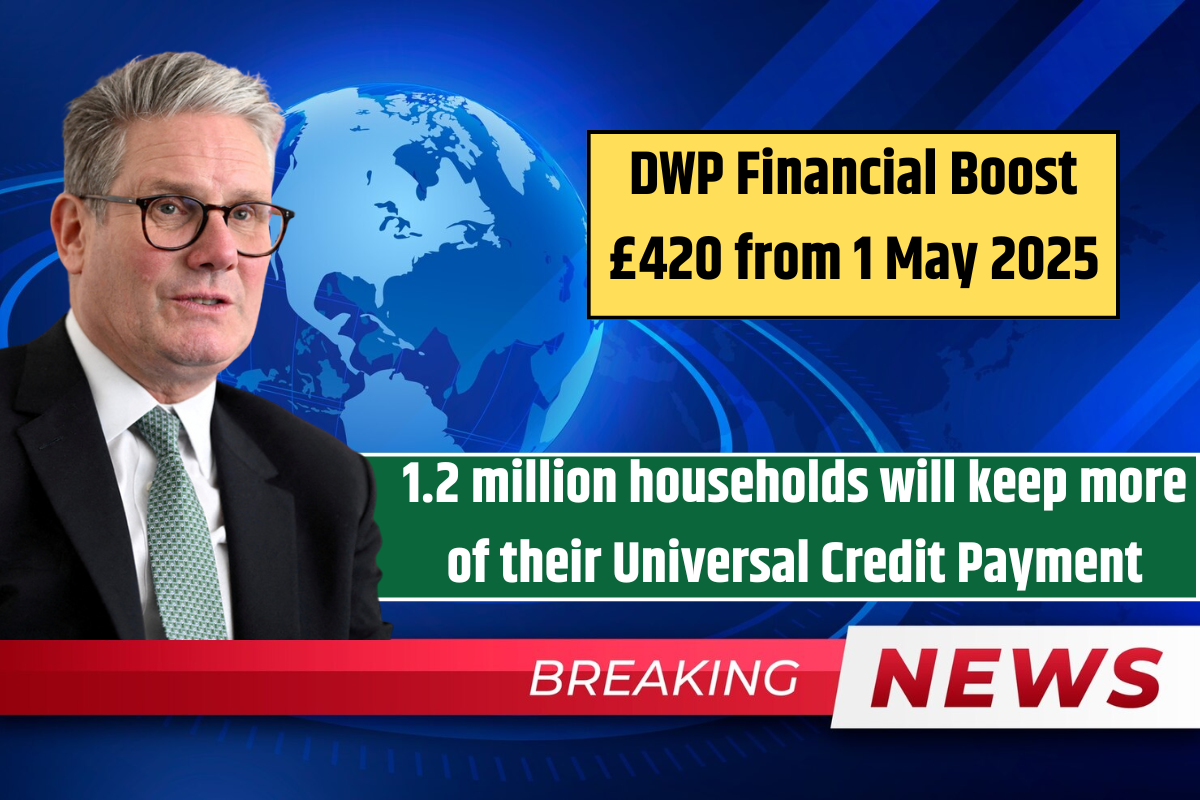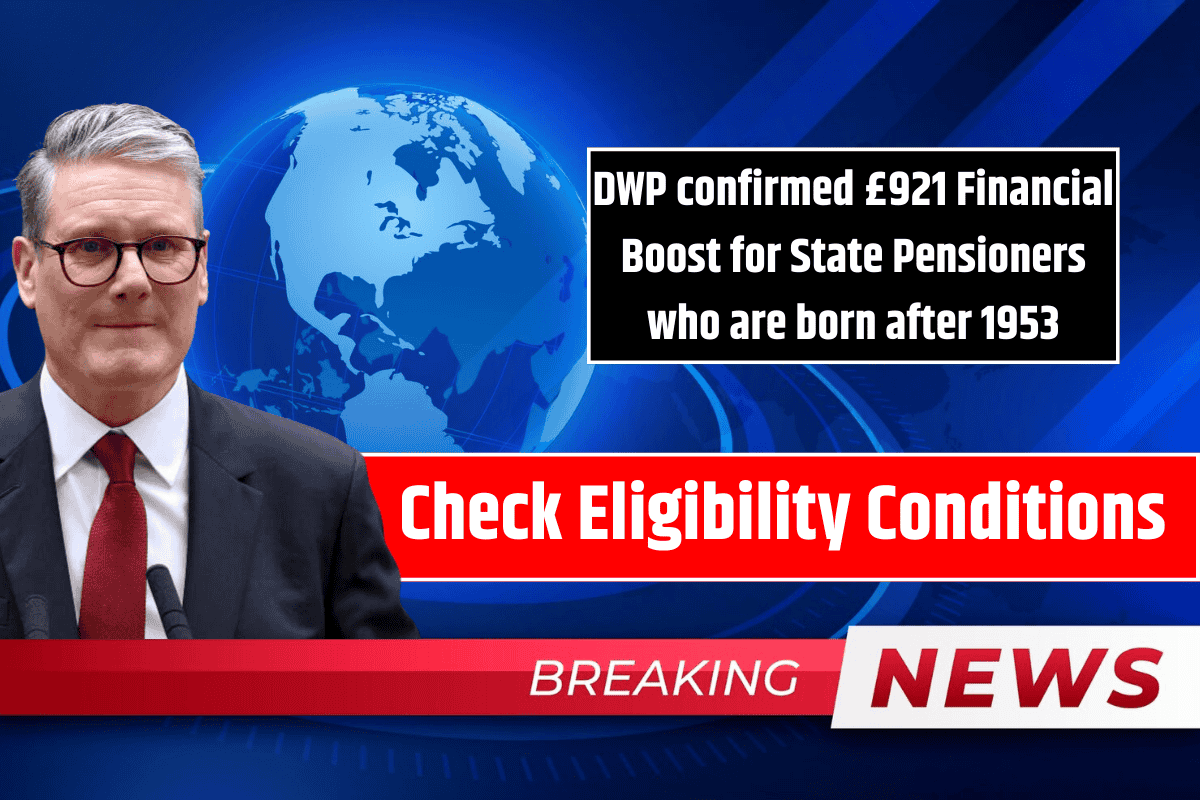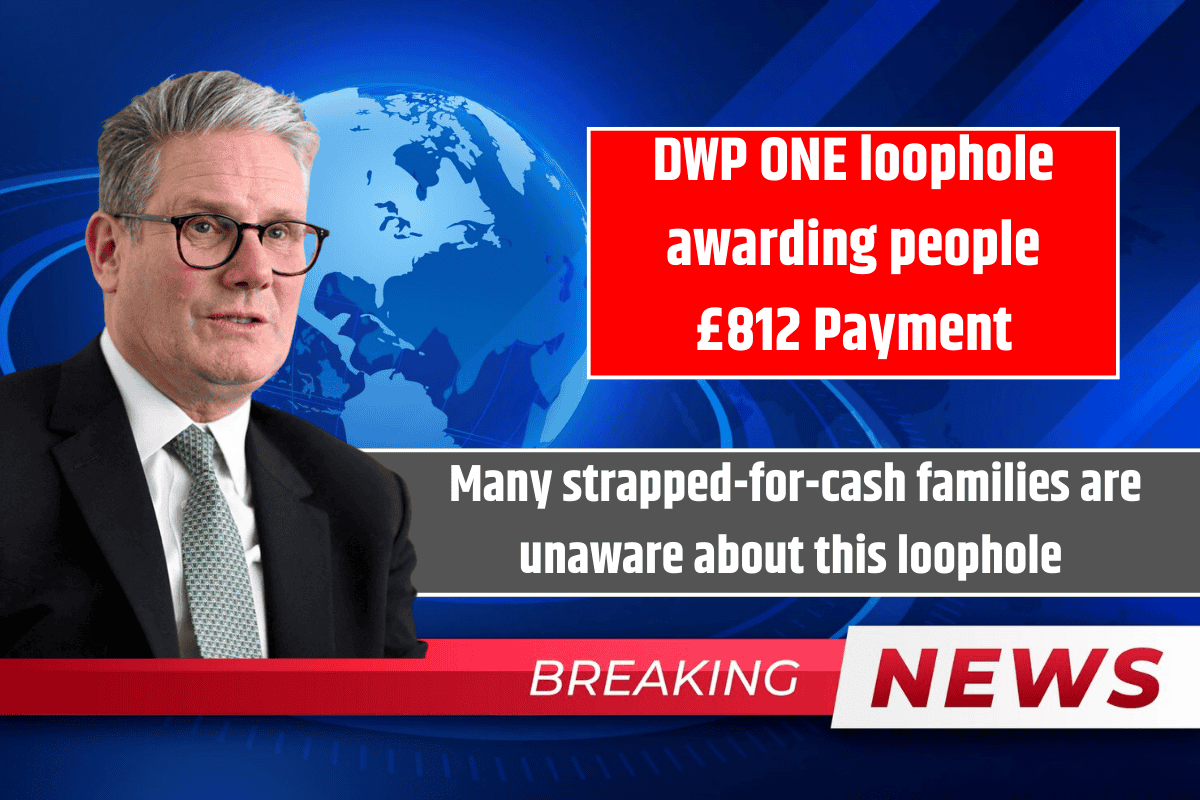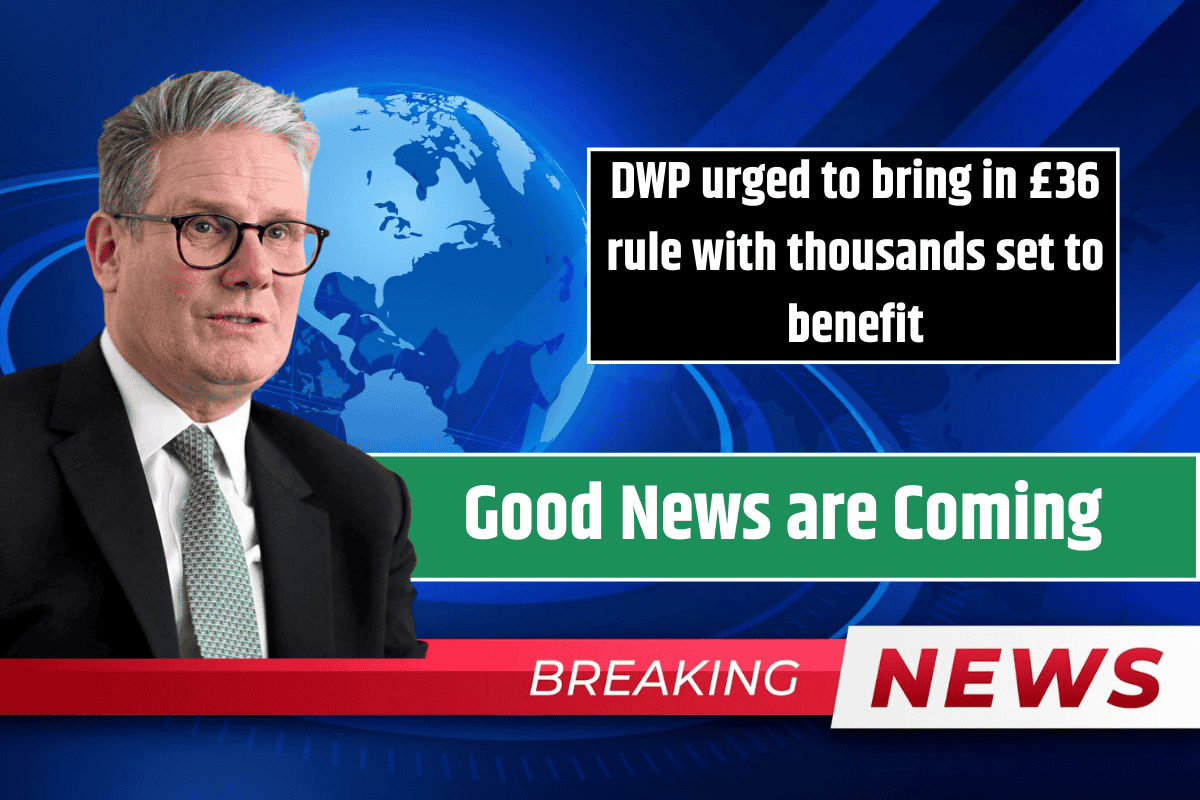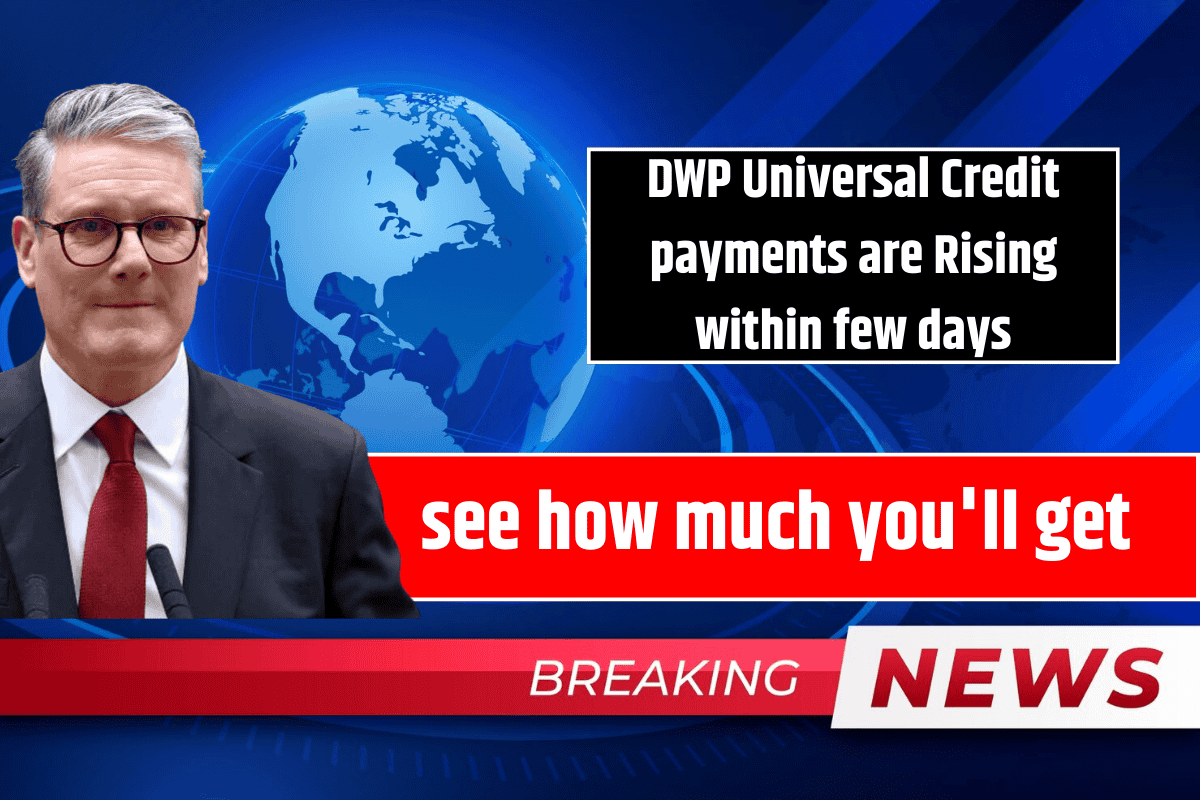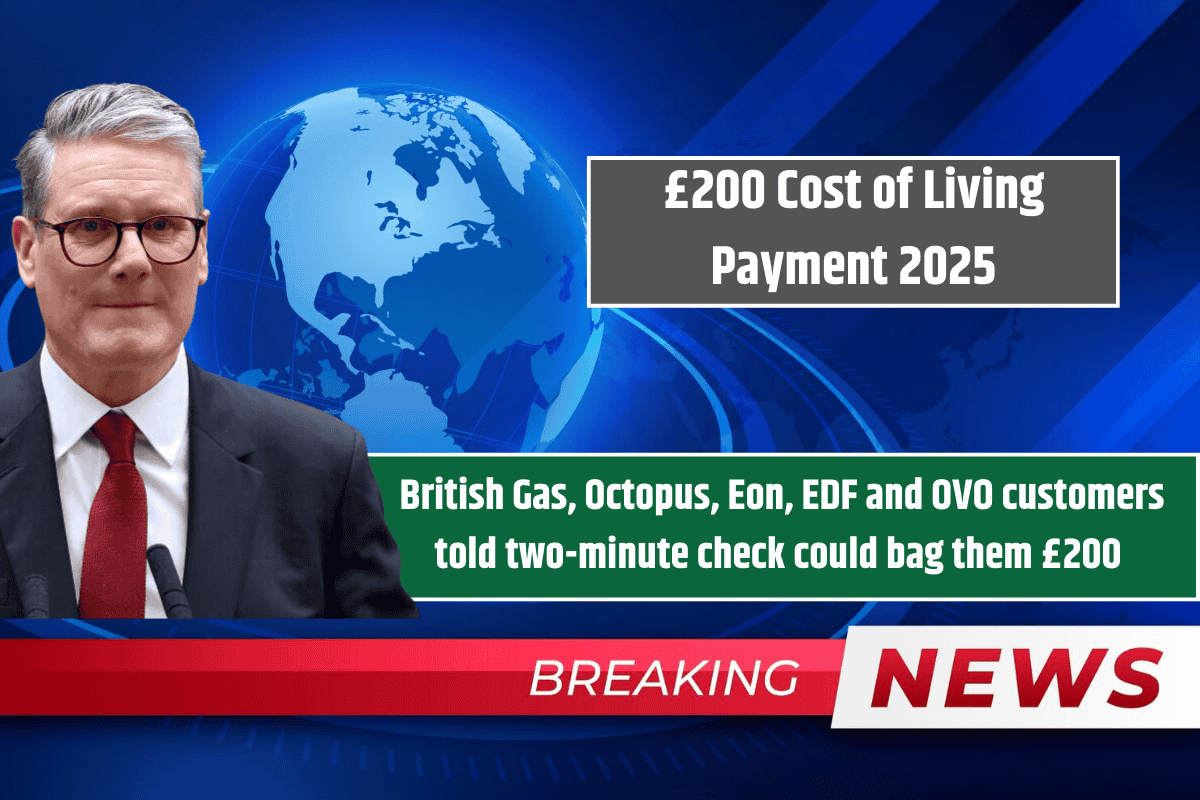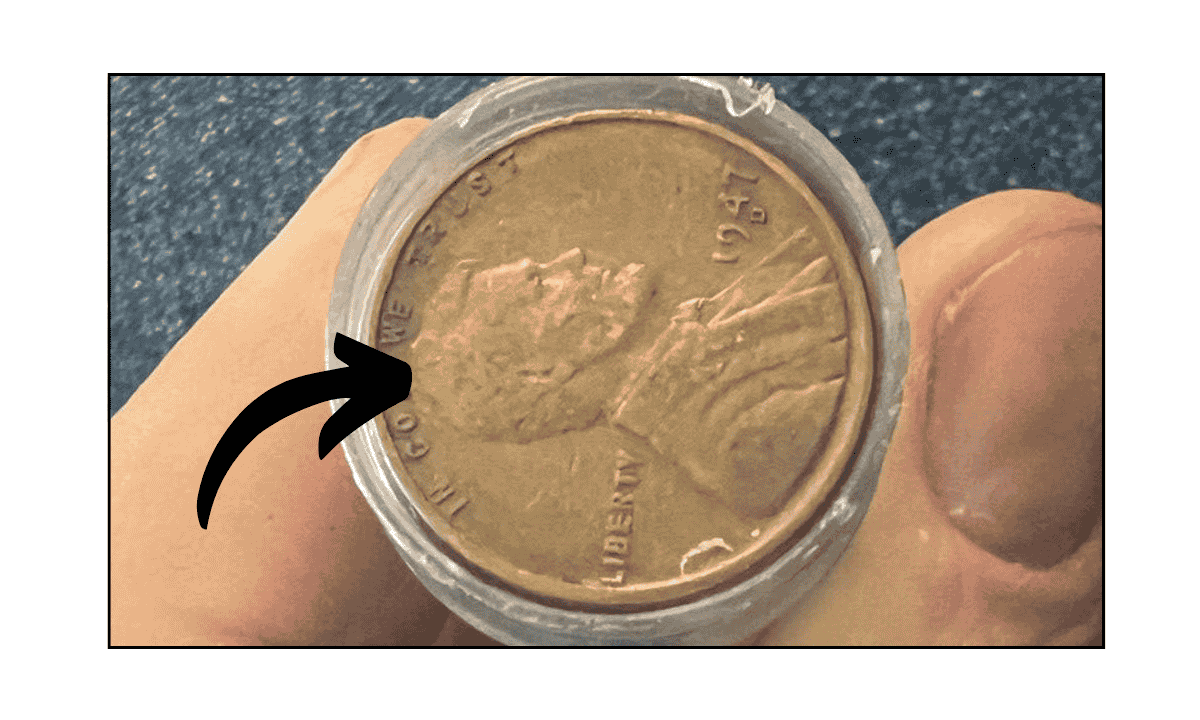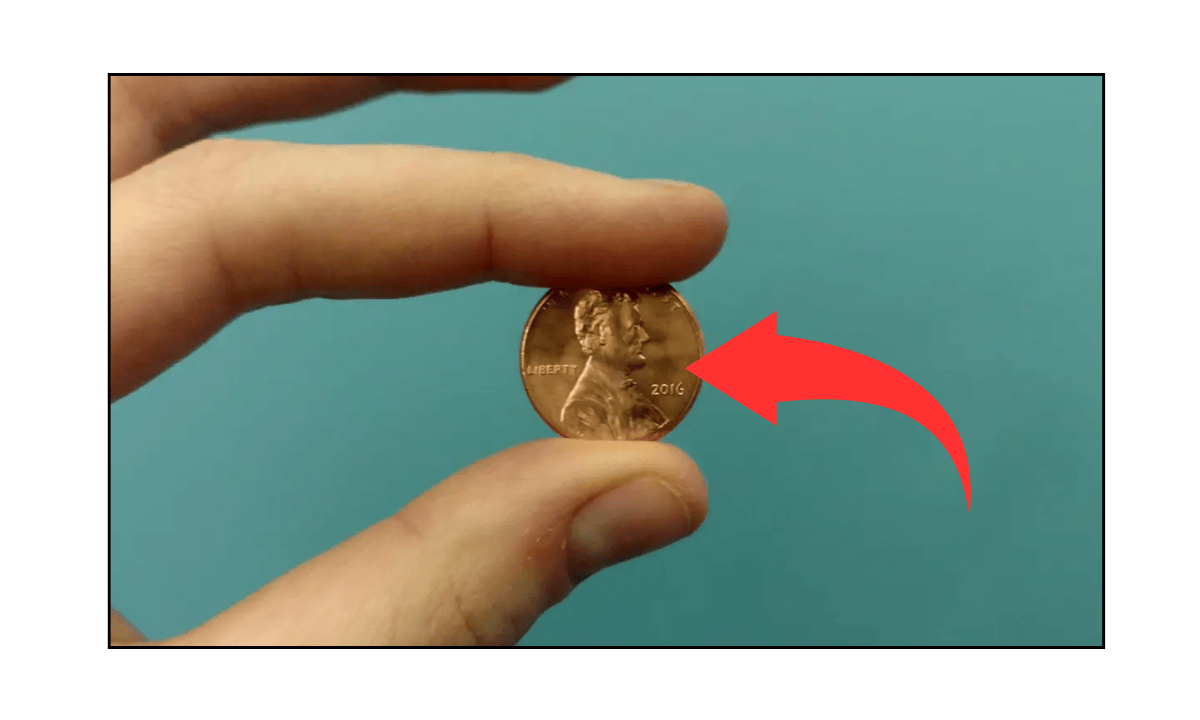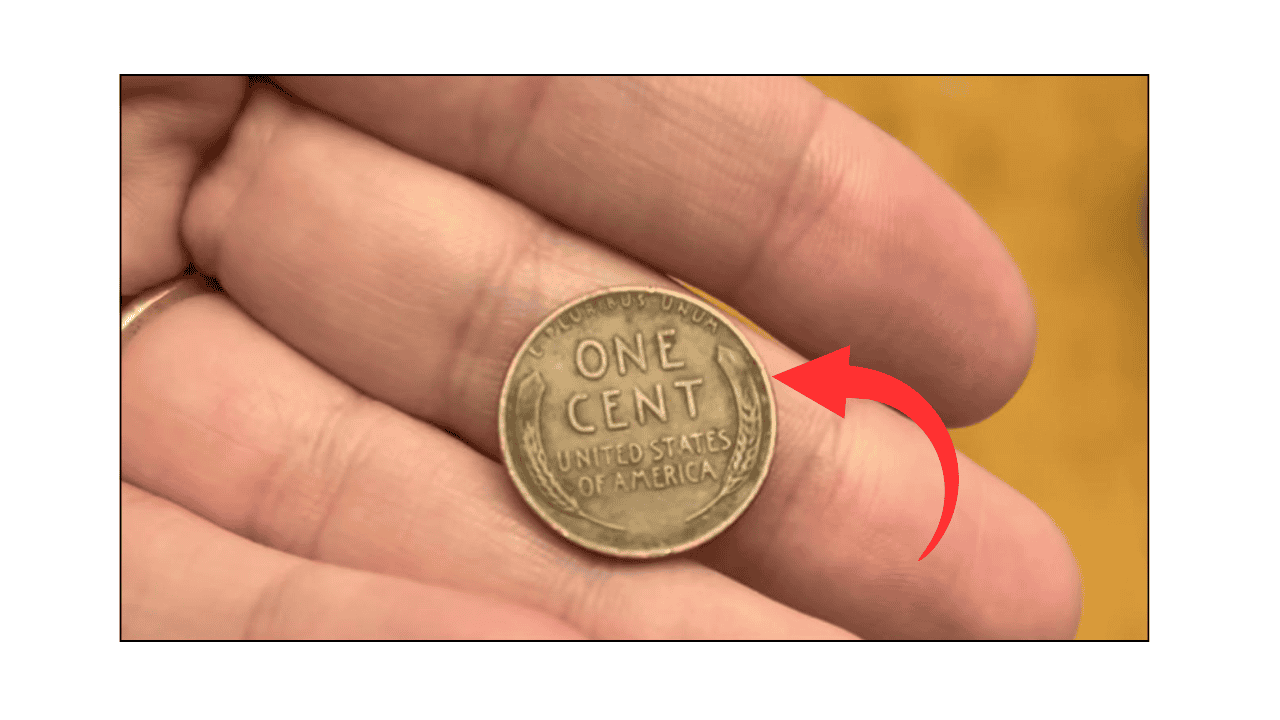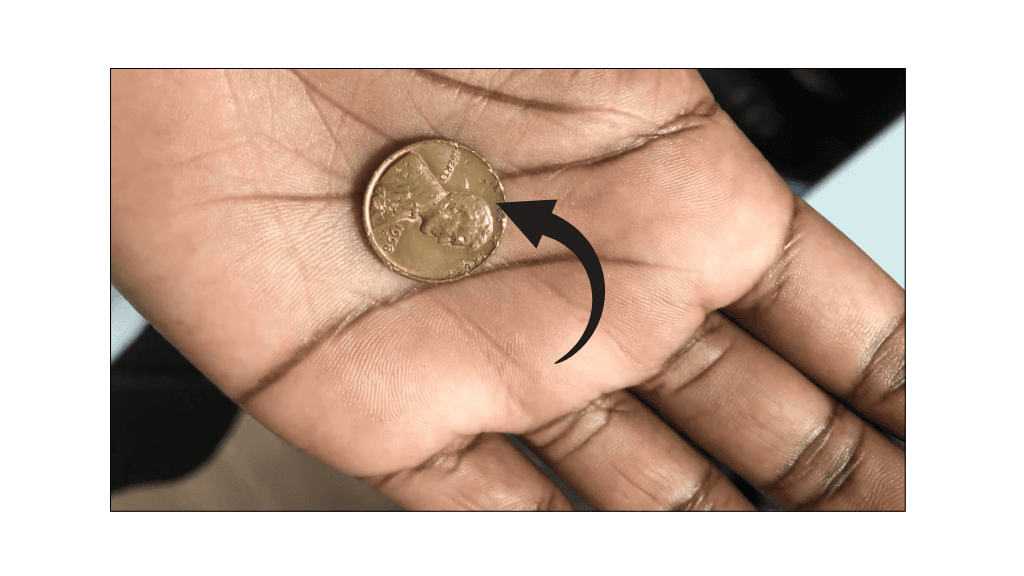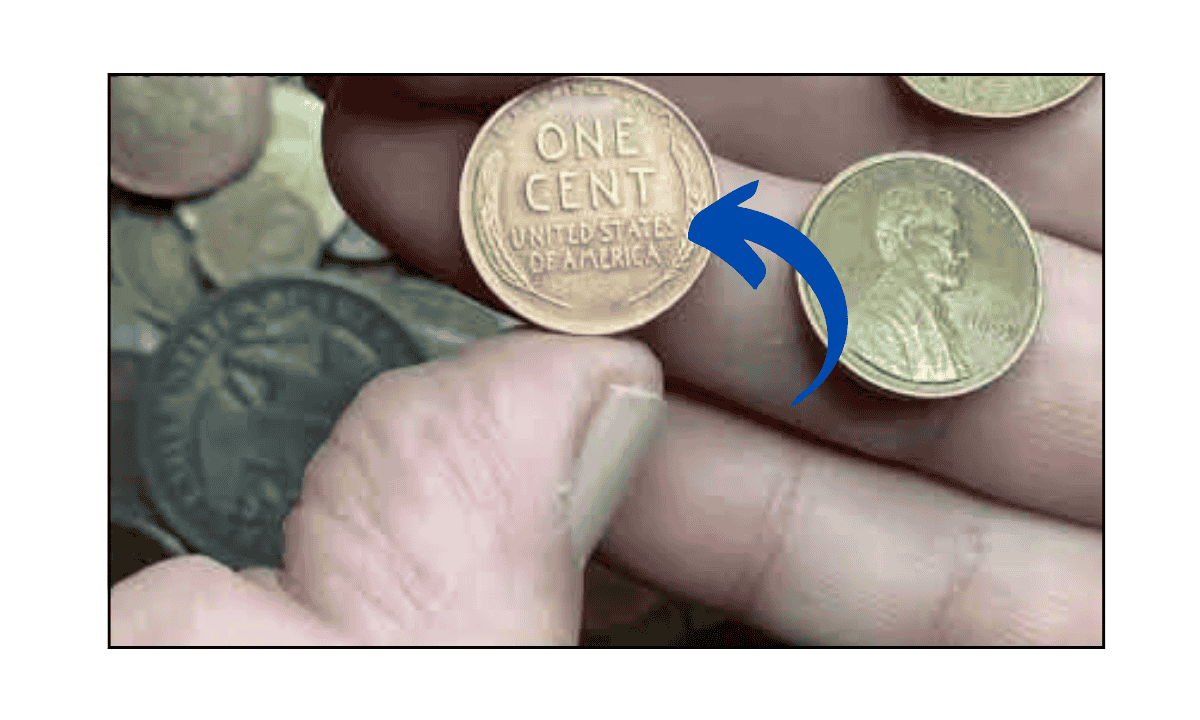From today, a big change in Universal Credit will help more than 1 million people in the UK keep more of their money. This change is aimed at reducing the financial stress of repaying debts. It means many households will now have an extra £420 in their pockets every year.
What Is Changing?
The government has reduced the Fair Repayment Rate, which is the maximum amount that can be taken from your Universal Credit to repay debts. Until now, up to 25% of your benefits could be taken each month to repay things like advance payments or other debts. But from today, that limit is going down to 15%.
This change will help about 1.2 million households who are currently having money taken out of their Universal Credit payments. Across the country, around 2.8 million households face these deductions every month.
What the Government Is Saying
Rachel Reeves, the new Chancellor of the Exchequer, said:
“As we promised in the budget, this change means 1.2 million households will keep more of their Universal Credit. On average, they’ll be £420 better off each year. This is part of our plan to ease the cost of living and support working people.”
Liz Kendall, Secretary for Work and Pensions, added:
“We’re making sure working people keep more of the benefits they deserve. This will help improve living standards across the country and give people hope for a better future.”
Understanding Universal Credit
Universal Credit is a monthly payment that helps with living costs. It’s for people who are on a low income or out of work. There are different parts to it, including a basic amount (called the standard allowance) and extra amounts for children, disabilities, caring responsibilities, and childcare costs.
Your payment may be reduced if you earn money from work. This is because of the taper rate, which is currently set at 55%. This means for every £1 you earn, your Universal Credit goes down by 55p.
Some people have a work allowance, which is the amount you can earn before the taper rate kicks in. If you get housing support, your work allowance is lower.
Also, from this year, Universal Credit payments went up by 1.7% to help with the rising cost of living.
Current Universal Credit Rates (2025)
Standard Allowance (Monthly):
Single under 25: £316.98
Single 25 or over: £400.14
Joint (both under 25): £497.55
Joint (one or both 25+): £628.10
Child Element:
First child (born before April 6, 2017): £339
First or other child (born on/after April 6, 2017): £292.81
Disability Element:
Disabled child (lower rate): £158.76
Disabled child (higher rate): £495.87
Limited Capability for Work:
Limited capability: £158.76
Limited capability for work-related activity: £423.27
Carer Element:
£201.68
Work Allowance:
Higher (no housing): £684
Lower (with housing): £411
Childcare Costs Element:
One child: up to £1,031.88
Two or more children: up to £1,768.94
This change in the Fair Repayment Rate is great news for many families across the UK. With more money staying in the hands of working people, the government hopes it will make a real difference in reducing stress and improving day-to-day life. As the cost of living continues to be a concern, this update shows a step forward in supporting those who need it most.
FAQs
What is the new Universal Credit repayment rate?
The new repayment rate for Universal Credit has been reduced from 25% to 15%, meaning less money is taken out of your monthly payments to repay debts.
How much more money will Universal Credit claimants keep each year?
On average, 1.2 million households will keep an extra £420 per year due to this change in repayment rules.
Who will benefit from the new repayment rule in Universal Credit?
Any Universal Credit claimant who currently has deductions for debt repayments will benefit, especially low-income households.
Has Universal Credit increased in 2025?
Yes, Universal Credit payments have increased by 1.7% in 2025 to help claimants cope with the cost of living.
What is the Universal Credit taper rate?
The taper rate is 55%, which means for every £1 you earn, your Universal Credit is reduced by 55p.
